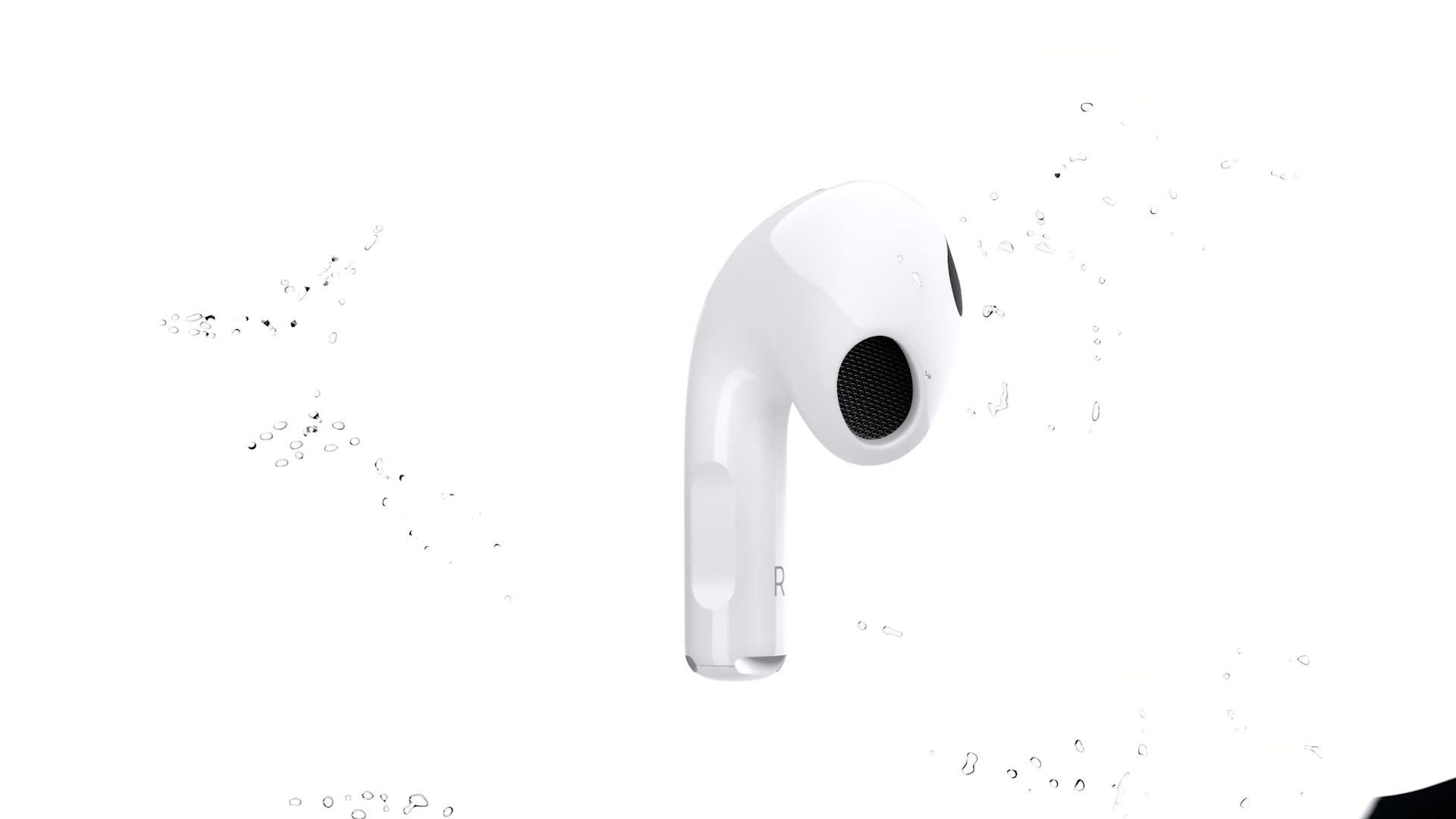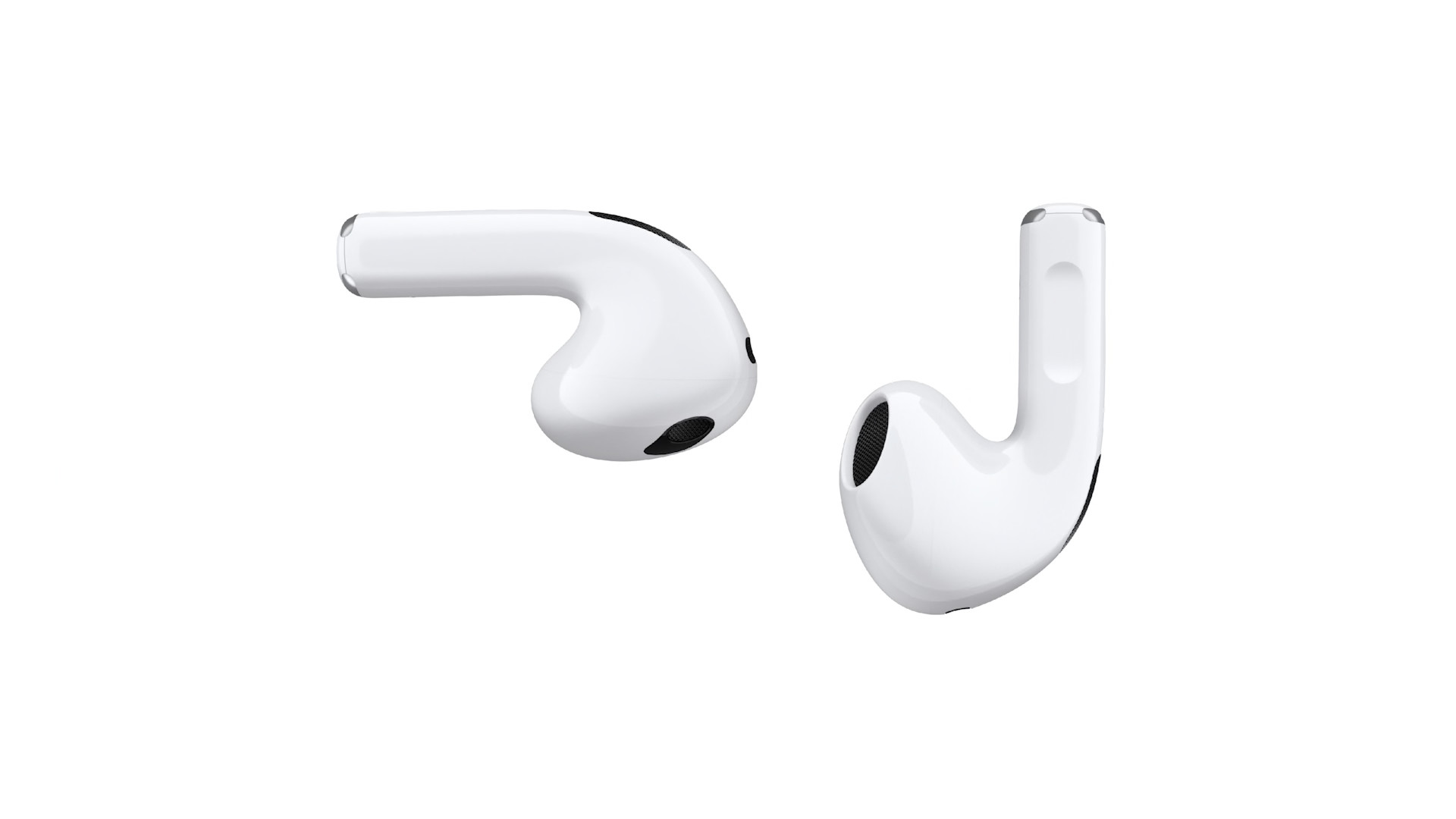If you look at the comparison of the technical specifications of AirPods 3rd generation and AriPods Pro, you will find that the new one offers a contact sensor with the skin, while the more expensive but older model has only two optical sensors. The advantage here is obvious – AirPods 3 will thus detect that you really have them in your ear.
Apple unveiled the 3rd generation AirPods on Monday, October 18, as part of its fall event. These headphones brought not only a new design, but also surround sound technology with dynamic head position sensing, longer battery life, adaptive equalization, or resistance to sweat and water. If you ignore the different design, which is based on the second-generation stone construction, then with the exception of active noise cancellation, throughput mode and the function of amplifying the conversation, they offer identical functions to the AirPods Pro model. They contain only one technology that the higher model does not have.
By integrating PPG (Photoplethysmographie) technology, AirPods 3 feature an improved skin detection mechanism based on sensors equipped with four short-wave infrared SWIR LED chips that have two different wavelengths, as well as two InGaAs photodiodes. So these skin detection sensors in the AirPods 3 detect the water content of the wearer's skin, giving them the ability to differentiate between human skin and other surfaces.
It could be interest you

So the result of this is that the headphones can tell the difference between your ear and other surfaces, making the AirPods only play when you're actually wearing them. As soon as you put them in your pocket or put them on the table, playback will pause. You also won't automatically turn on playback if you only have them in your pocket, which can happen with AirPods Pro, for example. It is therefore obvious that this innovation will certainly be implemented in future generations of Apple headphones, as it is clearly an improvement in the level of user experience with the product.





 Adam Kos
Adam Kos